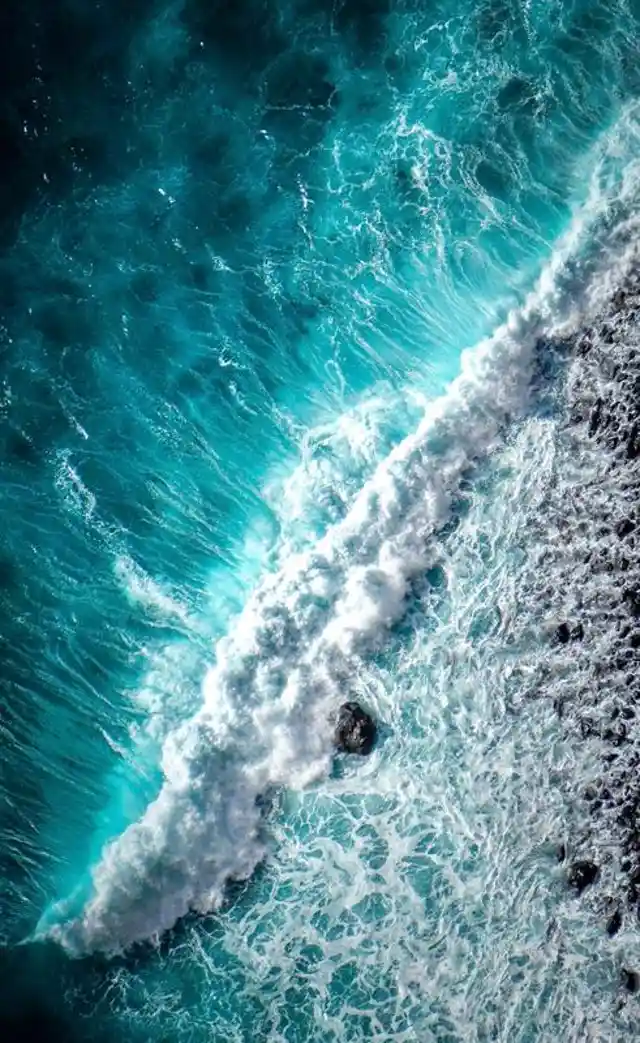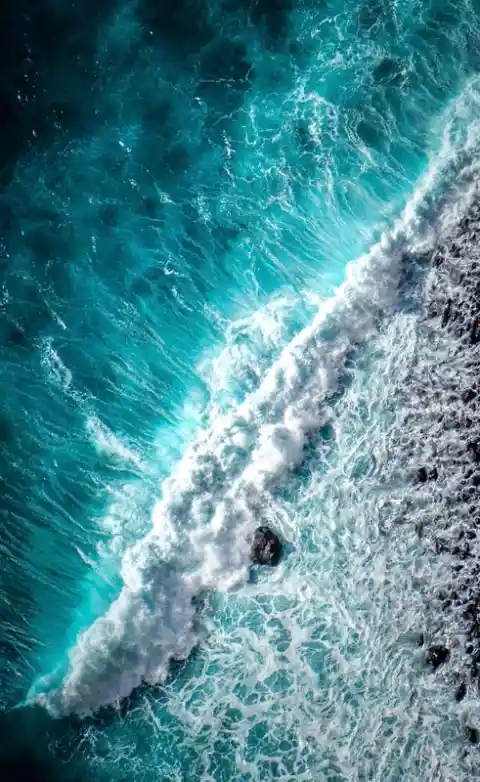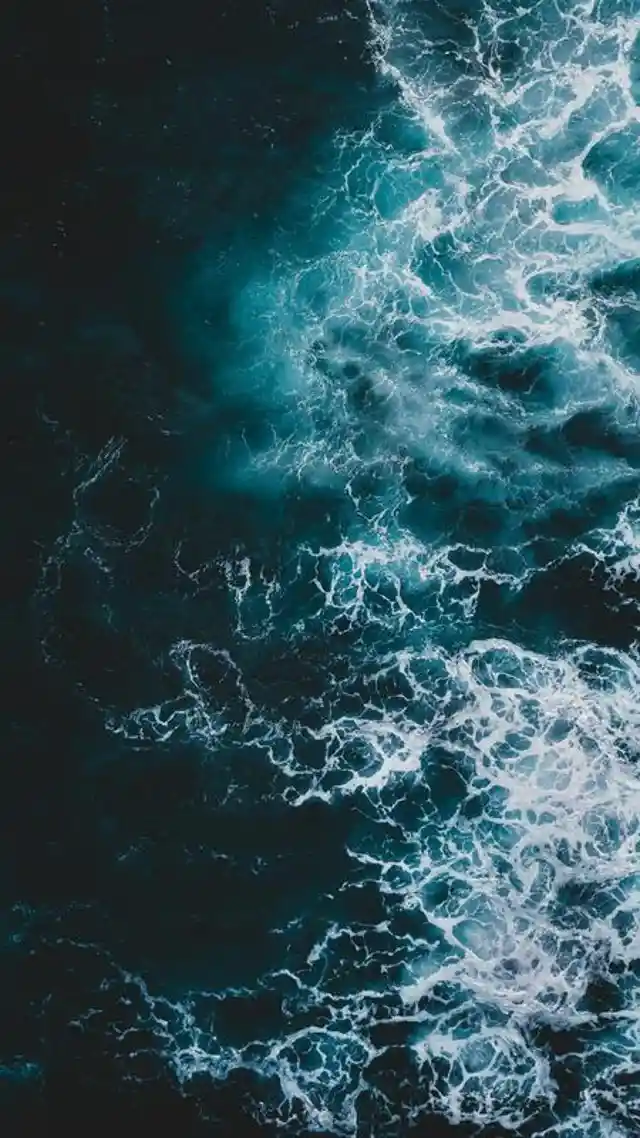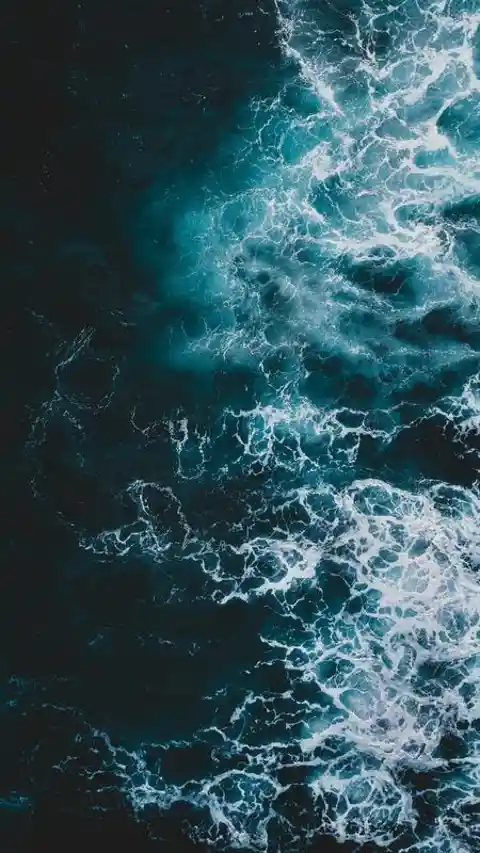The ocean is a truly remarkable and vast body of water, covering a staggering 70% of the Earth's surface. It is divided into four main parts - the Pacific, Atlantic, Indian, and Arctic oceans - and there are also many smaller seas and bays scattered throughout. In fact, the International Hydrographic Organization has recorded more than 70 separate bodies of water known as seas. The Caspian Sea and the Great Salt Lake are also notable examples of saltwater bodies that are independent of the world's oceans.


When it comes to the sheer amount of water, the ocean truly stands out. It contains approximately 320 million cubic miles of water, which is roughly 97% of the Earth's total water supply. However, it is not safe to drink due to its high salt content, which is around 3.5%.
Despite its surface area, the ocean is also incredibly deep, with some parts reaching depths of nearly 7 miles below sea level. The Mariana Trench in the western Pacific Ocean is a prime example of this, with the ocean floor dropping down to a staggering 36,200 feet below sea level in that region.


In addition to its depth, the ocean is home to the longest mountain chain in the world - the Mid-Oceanic Ridge. This impressive chain of mountains stretches for a staggering 40,390 miles and encircles the globe. Despite its enormity, there is still much we don't know about the Mid-Oceanic Ridge, as it and the rest of the deep-ocean floor have been explored less than other locations such as Venus, Mars, and even the dark side of the Moon.
Finally, the ocean is home to the largest living structure on Earth - the Great Barrier Reef. Located off the northeastern coast of Australia, this incredible natural wonder stretches for more than 1,400 miles and is even larger than one of the man-made wonders of the world, the Great Wall of China.